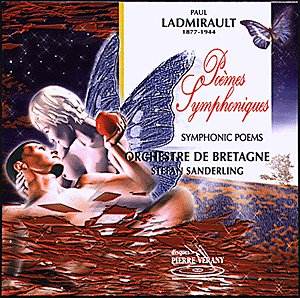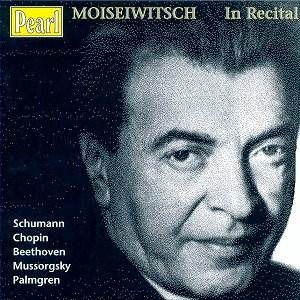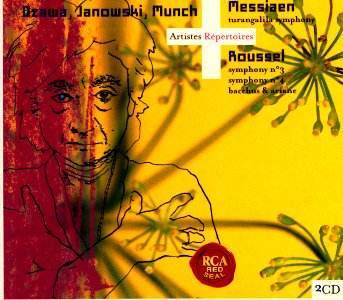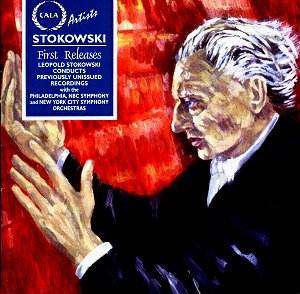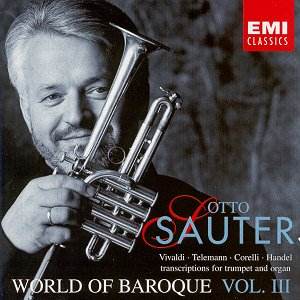 Composer: Otto Sauter
Composer: Otto Sauter
Works: World of Baroque Vol. III
Performers: Otto Sauter (piccolo trumpet), David Timm (organ)
Recording: 26-28 March 2001, Waltershausen, Dtadtkirche “Zur Gotteshilfe”
Label: EMI CLASSICS CDC 5 57222 2
Otto Sauter’s “World of Baroque Vol. III” is a captivating foray into the repertoire of the Baroque period, featuring works by luminaries such as Antonio Vivaldi, Georg Philipp Telemann, George Frideric Handel, and Arcangelo Corelli, transcribed for the piccolo trumpet and organ. Sauter’s choice of instrument, the trombino—a high-pitched natural trumpet—highlights the virtuosic demands and stylistic nuances inherent in these transcriptions. This recording serves not only as a showcase of technical prowess but also as a celebration of Baroque idioms, inviting listeners to experience the works through the lens of a unique instrumental combination.
Sauter’s interpretation is marked by a remarkable blend of agility and expressiveness, particularly evident in the Vivaldi transcription. The second movement’s melodic line, originally conceived for strings, is rendered with an ethereal quality that showcases Sauter’s command of the instrument’s upper register. His ability to navigate the intricate passages with precision is commendable; however, the technical demands occasionally overshadow the inherent lyrical qualities of the music. David Timm’s organ accompaniment, while competent, often feels secondary to Sauter’s flamboyance. The organ’s sound, particularly through the beautiful flute stop, creates an appealing texture, yet Timm’s choices in registration—such as the aggressive use of a two-foot flute stop—can sometimes detract from the overall cohesion, especially in the context of the Scarlatti Sarabande, where a gentler touch would have served the music better.
The recording quality is generally clear, allowing for the delineation of Sauter’s virtuosic passages, yet it falls short in capturing a sense of warmth and resonance that one might expect from a church setting. The lack of reverberation in the Dtadtkirche becomes apparent, particularly when Timm opts for staccato articulations that can render the ensemble’s sound somewhat disjointed. This is particularly noticeable in the Handel and Corelli segments, where the organ’s interruption of legato phrasing introduces an unwelcome choppiness, undermining the fluidity that is essential to Baroque performance practice.
Sauter’s decision to pursue a predominantly virtuosic program may appeal to enthusiasts of technical brilliance, yet it raises questions regarding balance and ensemble. The “Duo All’Armi” disc, which includes works for solo organ, offers a more varied listening experience, allowing for greater contrast and interplay between instruments. Sauter’s performances, while dazzling, can lead to listener fatigue when experienced in large doses. The contrast provided by the more subdued Valentine piece offers a refreshing respite, demonstrating that Sauter is equally adept at navigating the subtleties of expression as he is at the heights of virtuosity.
A nuanced examination of “World of Baroque Vol. III” reveals both the strengths and limitations of Sauter’s approach. His technical mastery on the piccolo trumpet is undeniably impressive, yet the overall experience can be marred by interpretative choices that prioritize spectacle over musicality. The recording presents a fascinating exploration of Baroque transcriptions, yet it is ultimately the interplay between Sauter and Timm that leaves one wishing for a deeper dialogue rather than a showcase of individual brilliance. The recording stands as a testament to Sauter’s skill, yet it may not fully satisfy listeners seeking a more cohesive and nuanced interpretation of these Baroque treasures.
